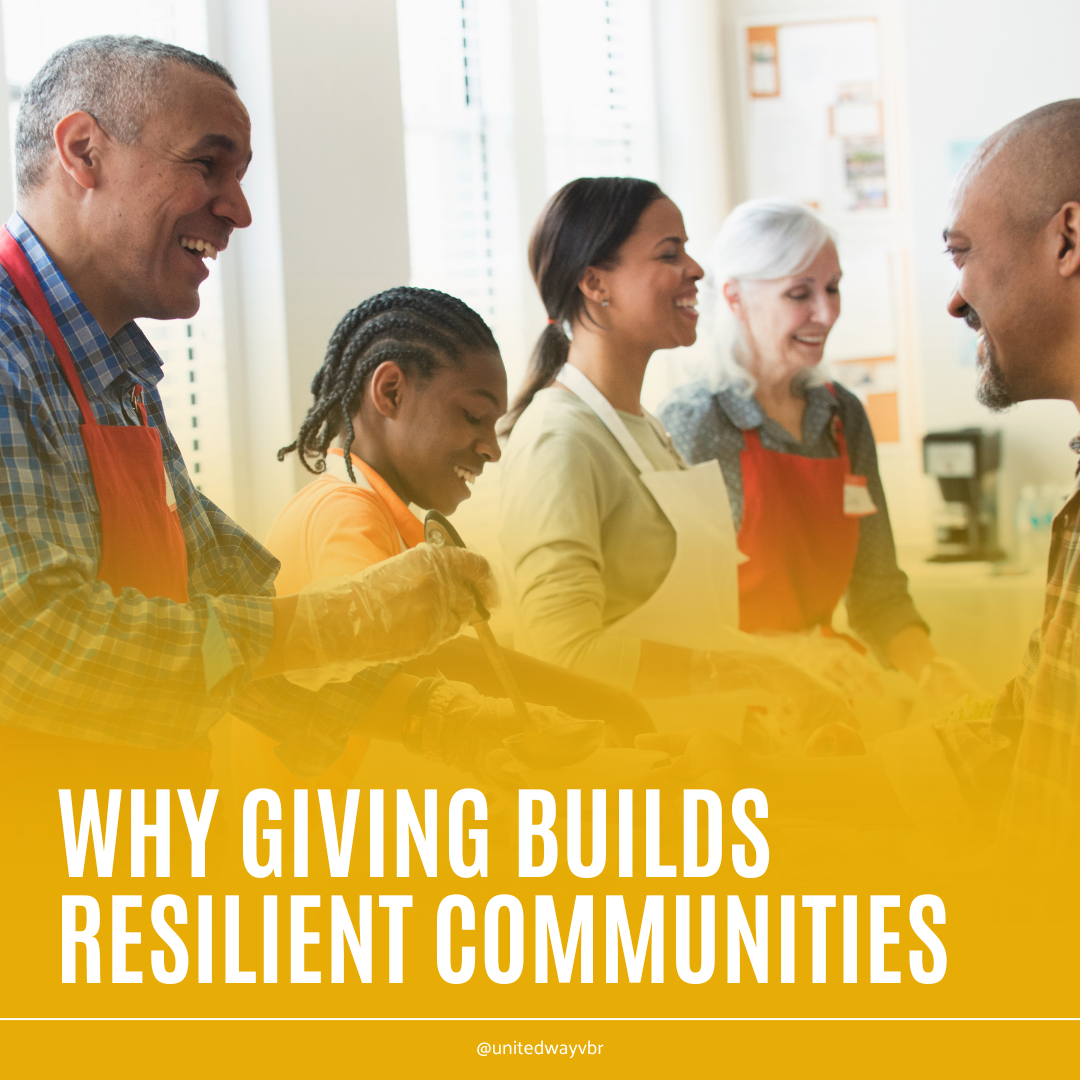What Are Social Determinants of Health (SDOH)?
When we think about health, many of us picture doctor visits, prescriptions, or hospital stays. But health is about much more than just “being sick” or accessing medical care.
So what does SDOH actually mean?
Social determinants of health are non-medical factors that influence health outcomes. More broadly, they refer to the conditions in which people are born, grow, live, work, and age—and people’s access to power, money, and resources.
These determinants have a powerful influence on health inequities—the unfair and avoidable differences in health status seen within and between populations.
Medical Care Only Accounts for 10–20% of Health Outcomes
That’s right. Medical care alone isn’t enough to ensure better health outcomes. In fact, it only contributes to about 10–20% of the modifiable factors that influence population health.
So what makes up the other 80–90%?
A Breakdown of the Social Determinants of Health
Here’s how the rest of the contributors are typically categorized:

- 10% Physical Environment
– Air & Water Quality
– Housing & Transit - 20% Clinical Care
– Access to Care
– Quality of Care - 30% Health Behaviors
– Tobacco Use
– Diet & Exercise
– Alcohol & Drug Use
– Sexual Activity - 40% Social and Economic Factors
– Income
– Education
– Employment
– Community Safety
– Family & Social Support
Research shows that these social determinants can outweigh even genetic factors or access to healthcare in shaping overall health.
Health Follows a Social Gradient
At every income level, health outcomes track with social status. This is known as the social gradient in health—the lower a person’s socioeconomic position, the worse their health outcomes tend to be.
Limited access to safe housing, quality education, supportive social systems, and job opportunities all increase the risk of illness and early death.
Addressing SDOH Is Key to Health Equity
Improving health and reducing health disparities isn’t just about expanding clinics or services. It requires action across all sectors: government, business, nonprofits, and the broader community.
Together, we must create and implement policies that tackle the root causes—housing, education, jobs, transportation, safety, and access to support.
How United Way of Virginia’s Blue Ridge Is Making a Difference
At United Way of Virginia’s Blue Ridge, we are committed to addressing social determinants of health in our region. That means:
- Providing immediate support during times of need
- Offering resources that promote long-term self-sufficiency
- Advocating for policies and projects that address systemic barriers
Stay tuned—we’ll continue sharing more about how SDOH shapes our lives and how we can all be part of the solution.
🔗 Visit uwvbr.org to learn how you can help.





